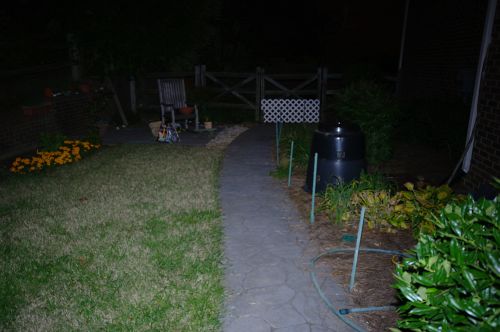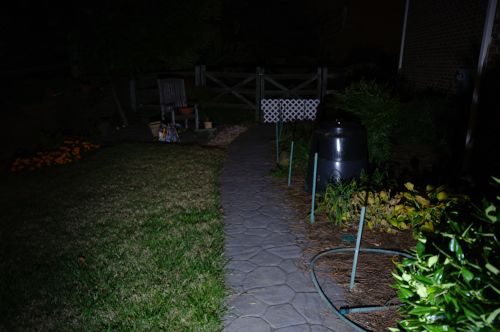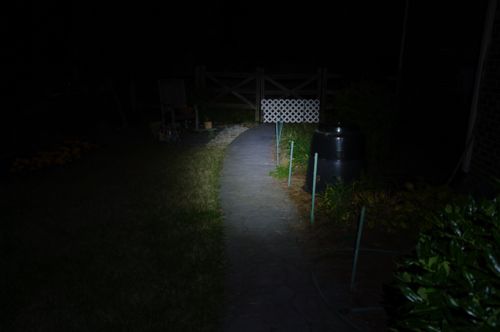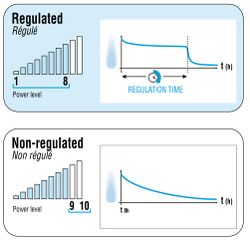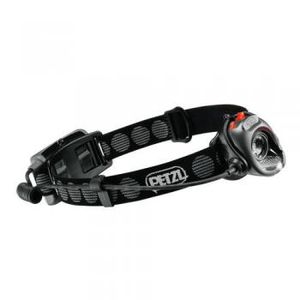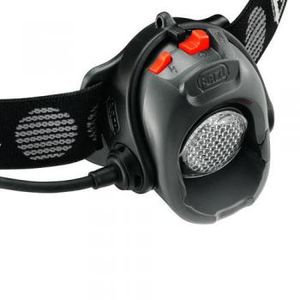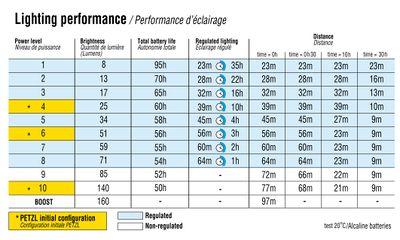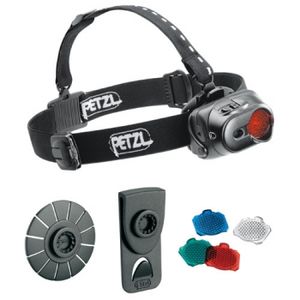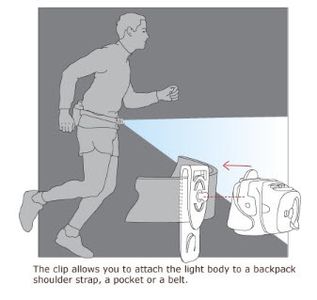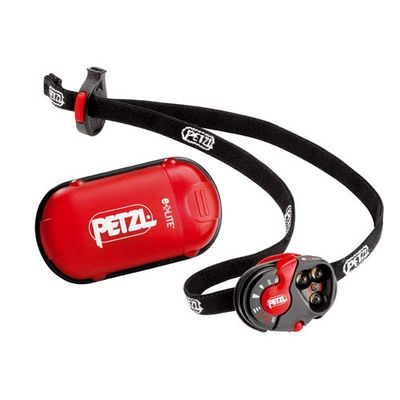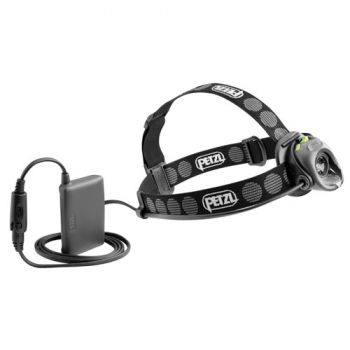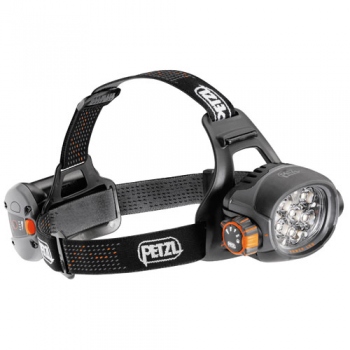Best Running Lights
There are many lights available for runners depending on your need. Some are far better than others.
Contents
1 Types of light
There are three factors to consider with a running light; location, the beam pattern and regulation.
1.1 Location
The three locations for a light while running are handheld, waist mounted and head mounted. I do not recommend handheld lights at all. The biggest problem is that they mess up your running form, but they occupy one of your hands making it tricky to do anything in the dark. There are advantages and disadvantages to waist mounted and head mounted. Because a head mounted light is aligned with your eyes, it's hard to see the shape of the ground. This is best seen in the images below.
Other considerations:
- Head mounted directs the light where you point your head, making it easier to see where you're going. Head mounted also works better for directing the light to things in your hands, like putting on gloves or looking at your Watch.
- Waist mounted lights are much better in the rain or dusty conditions. With a head mounted light, the beam picks up the rain or dust in front of your face, making it hard to see.
- Head mounted lights are better at showing up branches or spider webs that are about to hit your face.
1.2 Beam Pattern
Most lights project a narrow spot beam, which illuminates a longer distance. Many of the Petzl lights have a diffuser than can be moved in front of the light to provide an even illumination, though it does not reach so far.
- Head or waist mounted lights
1.3 Regulation
With a regulated light the light intensity will stay constant over most of the life of the battery, and it will then grow rapidly dim. This can be seen graphically below. The regulation is nice, but when the end of the regulation period is reached, the light intensity can drop very quickly, so you need to have spare batteries with you if you expect to run out of power.
2 Recommended Lights
I have tried over a dozen different lights, from the bad old days of incandescent lights that give a patchy yellow glow to new regulated LED lights. My two favorite lights are both Petzl as they have an effective diffuser. I've also tried lights from other manufacturers, but I've consistently found Petzl lights to be better.
- Petzl MYO RXP is the best head light available for a reasonable cost. Petzl MYO RXP at REI
- Petzl Tactikka XP Adapt is the best waist mounted light. Petzl Tactikka XP Adapt at REI
- Petzl Tikka 2 is a cheaper head light that works reasonably well, though there are many others that also work quite well if cost is the primary concern. I've used Princeton and Black Diamond lights in this price range that are similar in quality, but I prefer the Petzl. Petzl Tikka 2 at REI.
- Petzl e+LITE is a tiny head light that is useful for emergency use. I would not recommend using this as a primary light, but it's small enough that it works well in a drop bag or a pocket if there is a risk of being out after dark. E+lite at REI.
- Petzl MYO XP Belt is similar to the MYO RXP without the regulation. It has the advantage that the battery is on the end of a longer cable so it can be mounted on a belt. I found that the wire is rather inflexible and awkward, but it's easier to keep the batteries warm in extremely cold conditions. MYO XP Belt.
- Petzl ULTRA is not a light I've tried as it is over $400, but it looks outstanding if money is no object. It is available in several configurations, including belt mounted. Petzl ULTRA at REI.
2.1 Highly Recommended - Petzl MYO RXP
The MYO RXP is a regulated light, as described above. The light will flash a few times when the battery drops too low, which gives you some warning before it runs out of power. The RXP also support brighter output that is unregulated, which is useful when you need a lot of light for a short period of time. The regulated output can be used so that you will have power for an overnight run, and on it's lowest power setting it will run for 96 hours! Petzl MYO RXP at REI
The RXP is also nice because it can output a very dim light. I've found this works well near dawn, where the light from the RXP on its lowest output and with the diffuser is enough to see by, but allows my eyes to adjust so that I can see a little further using the available light. I've found the RXP works well in heavy rain as long as it is in the normal position. If you run with it wrapped around your hand, the rain can get in the underside and cause problems until it dries out. The RXP uses AA batteries, so it is a little heavy, but having the batteries on the back balances things quite well.
- Petzl MYO RXP
2.2 Highly Recommended - Petzl Tactikka XP Adapt
The XP Adapt is not as bright as the MYO RXP, but it can be waist mounted. This works best with compression shorts/tights to prevent the light wobbling around. I've found this works far better on trails than a head mounted light. The XP Adapt uses AAA batteries. Petzl Tactikka XP Adapt at REI
- Petzl MYO RXP
2.3 Petzl e+LITE
This is worth considering as a backup light, but don't use this as your primary light. It's not bright enough and the lithium batteries are pricy. However, it will fit in the pocket of my shorts, so it makes a great 'oops' light. E+lite at REI
2.4 Petzl MYO XP Belt
I found the wire to the battery belt too annoying to recommend this as a general light, but it's worth considering for extremely cold conditions.
2.5 Petzl ULTRA
I'd like to be able to afford this light, but I don't believe it offers good value for money. Petzl ULTRA at REI
